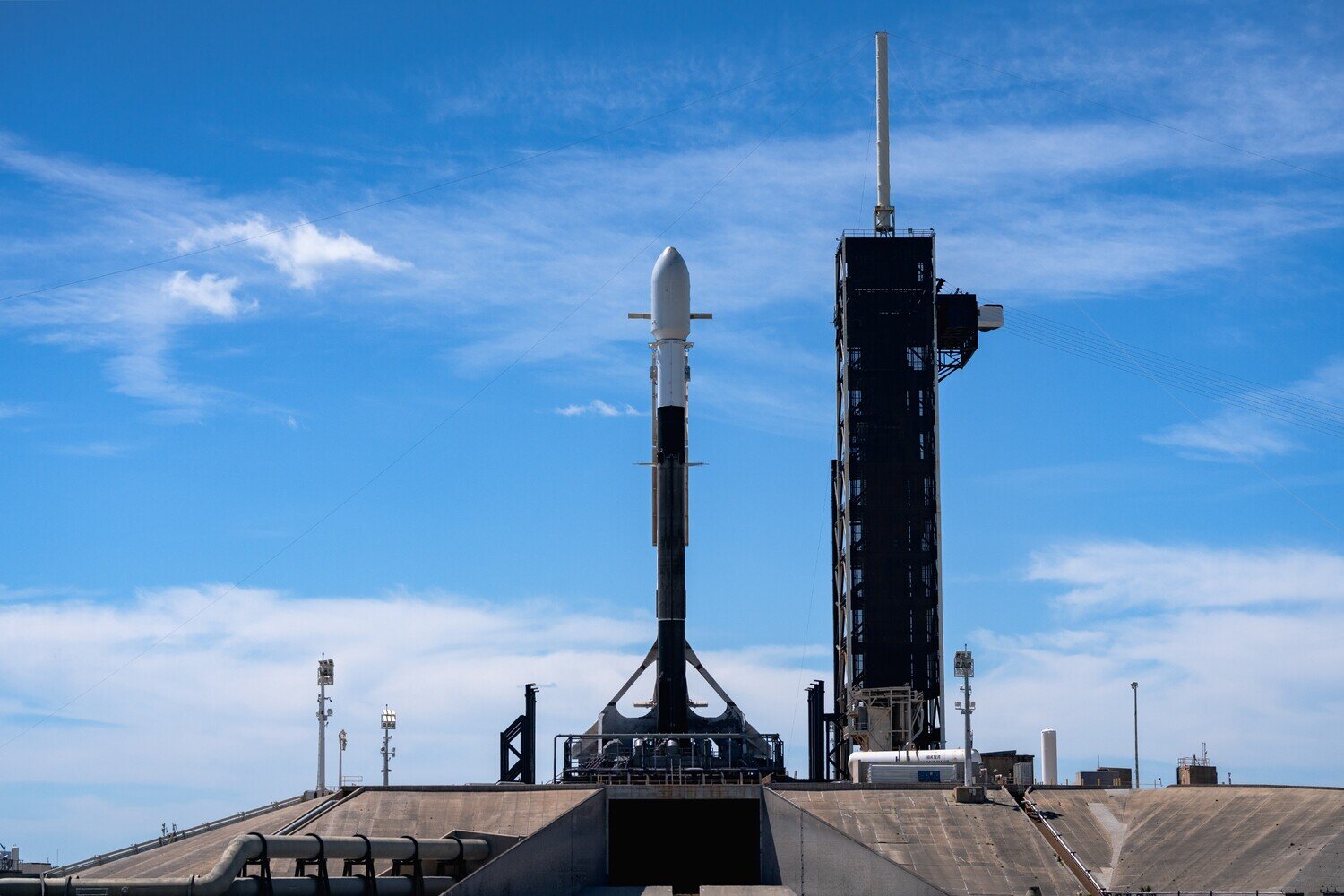
Ibadan, 9 April 2024. – SpaceX has successfully launched 11 satellites for various clients on its new Bandwagon mission aboard the Falcon 9 rocket from NASA’s Kennedy Space Center. The mission launched satellites for Companies, including Capella Space, Hawkeye 360, Tata Advanced Systems Limited, Tyvak International, and the Institute for Q-shu Pioneers of Space, Inc. (iQPS). The Bandwagon-1 mission also launched a Synthetic Aperture Radar satellite for South Korea.
For Hawkeye 360, the mission launched its Clusters 8 & 9 satellites, marking the company’s first dual deployment into a mid-inclination orbit. The satellites will consequently increase HawkEye 360’s constellation to 29 satellites and include upgraded payloads for 5x greater data collection, broader bandwidths, and multi-band signal capture. Furthermore, their high-speed transmitters and processors quadruple data delivery speed, offering timely, multi-dimensional geospatial insights for enhanced decision-making.
Likewise, the Bandwagon-1 mission launched iQPS’ TSUKUYOMI-II satellite into a mid-inclination orbit. The Company’s Chief Executive Officer, Shunsuke Onishi, noted that its mission was to build a constellation of small SAR satellites mainly by launching them into inclined orbit. The CEO also expressed that iQPS would like to build up a solid track record so that it can continue to launch satellites one after another in the future. After successfully communicating with the satellite, the Company will now deploy its antenna and aim to acquire its first images.
The new Bandwagon mission is SpaceX’s rideshare mission launching to a mid-inclination orbit, unlike its Transporter missions that launch to a sun-synchronous orbit. Launching to a mid-inclination orbit enables SpaceX to fill in the gaps for its clients who wish to expand their coverage or complete unique objectives. Furthermore, the Mid-inclination orbit offers a higher revisit rate, meaning the time between flyovers of the same point is faster than what is seen with other orbits.
 SpaceWatch.Global An independent perspective on space
SpaceWatch.Global An independent perspective on space




